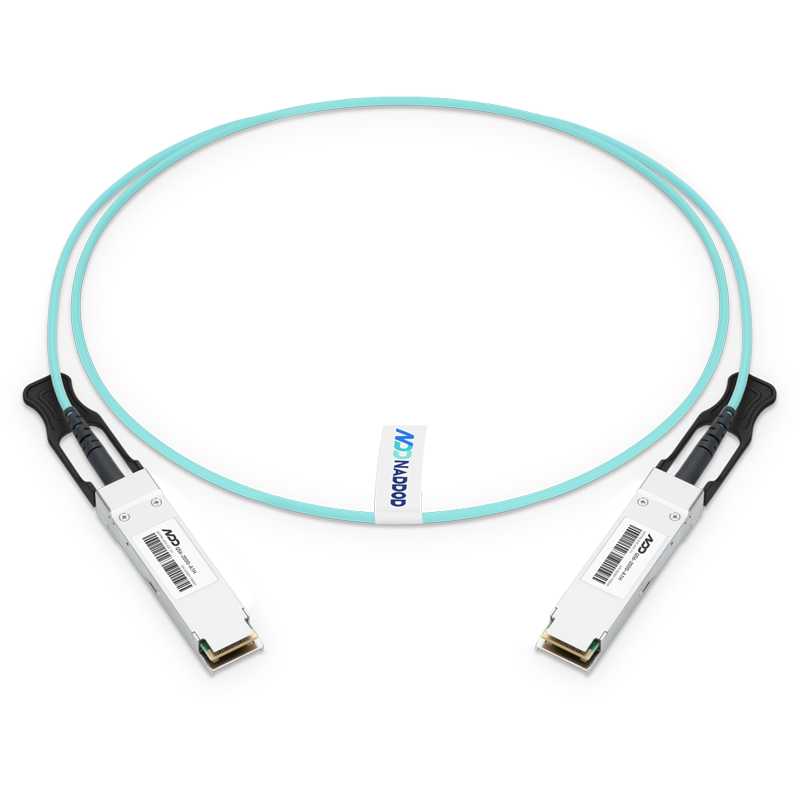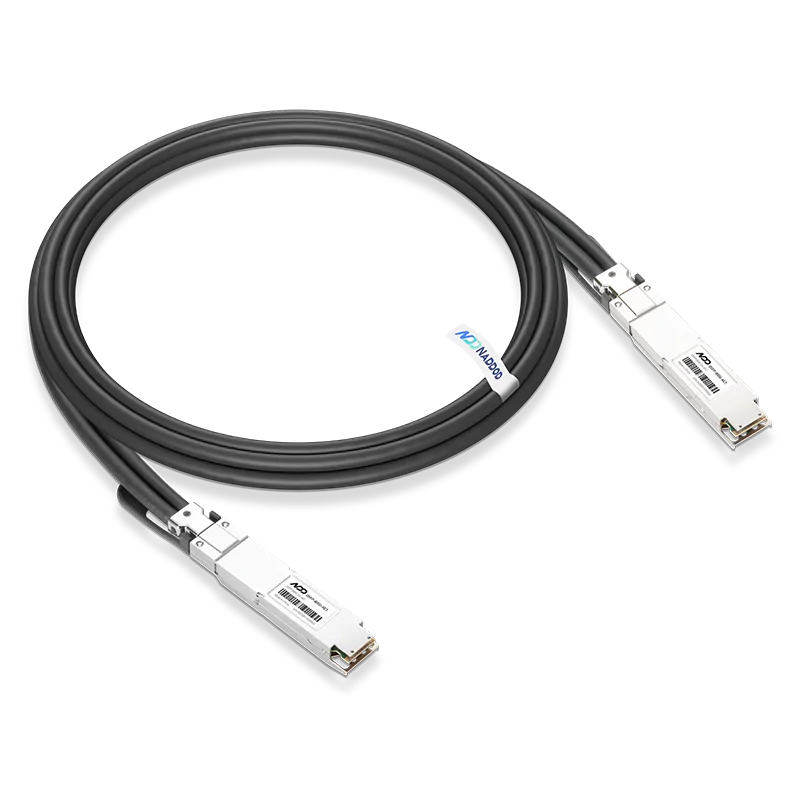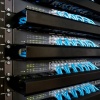As data centers become denser and computing demands surge, efficient cooling is essential to ensure reliability, especially for applications such as generative AI and HPC. Traditional air cooling often falls short in managing the high heat generated by dense setups, driving a shift toward liquid cooling, particularly immersion cooling. Unlike cold-plate or spray cooling, immersion cooling submerges IT components in a dielectric fluid, achieving more efficient heat dissipation and supporting higher hardware density. This article explores the two main types of immersion cooling—single-phase and two-phase—analyzing their mechanisms, benefits, and optimal applications.
How Does Immersion Cooling Work?
Immersion cooling is an advanced cooling approach where IT hardware is fully submerged in a non-conductive, dielectric fluid. This allows for direct heat transfer from components to the fluid, eliminating the need for traditional air fans, ductwork, and complex HVAC systems—equipment that often consumes considerable energy and is vulnerable to mechanical issues. This method provides superior heat dissipation, making it especially suitable for handling high heat flux densities while also reducing mechanical failure risk.
This technology is particularly valuable in high-performance environments such as AI, machine learning, and HPC. By enabling higher power density, reducing energy consumption, and significantly lowering operational costs, immersion cooling aligns with the growing demand for sustainable, efficient data center operations.
What is Single-Phase Immersion Cooling?
In single-phase immersion cooling, a dielectric fluid absorbs the heat generated by hardware components while remaining in liquid form. This fluid is then circulated through a heat exchanger, where it dissipates the absorbed heat before being recirculated to continue cooling the hardware. This continuous loop efficiently removes heat without requiring phase changes, such as boiling or vaporization.
Single-phase immersion systems typically use non-conductive oils with excellent thermal stability and electrical insulation. These fluids, often hydrocarbon-based or synthetic oils, remain chemically stable across a broad temperature range, are cost-effective, and require minimal maintenance. Due to this simpler design, single-phase systems are relatively low-maintenance and lack the complex vapor management required by two-phase systems. This makes single-phase cooling an ideal choice for data centers focused on improving cooling efficiency without major infrastructure changes, supporting a range of general-purpose applications and moderate-density workloads.
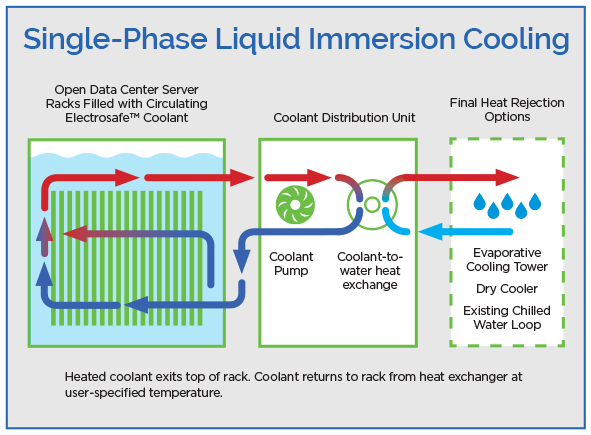 Single-phase immersion cooling mechanism (Image Credit: Green Revolution Cooling)
Single-phase immersion cooling mechanism (Image Credit: Green Revolution Cooling)
What is Two-Phase Immersion Cooling?
Two-phase immersion cooling offers a more dynamic approach, using a specialized coolant with a low boiling point to achieve high cooling efficiency. As hardware heats up, the coolant absorbs the heat and undergoes a phase change from liquid to vapor. The vapor then rises and condenses on a cooling coil or condenser located above the hardware, releasing the heat and returning to a liquid state, thus completing the cooling cycle without mechanical circulation.
Two-phase systems rely on fluorinated coolants with specific boiling points to maximize heat absorption and facilitate rapid condensation. This phase-change process provides high thermal efficiency, making it ideal for power-dense applications such as AI and high-performance computing, where precise temperature control and high heat transfer efficiency are required.
However, two-phase systems come with greater complexity, requiring precise vapor handling and condensation systems. The specialized coolants are also more expensive, adding to initial and ongoing operational costs. While two-phase immersion cooling’s robust heat removal capabilities make it highly effective for demanding applications, the higher costs and operational demands make it more suited to environments with intensive cooling needs.
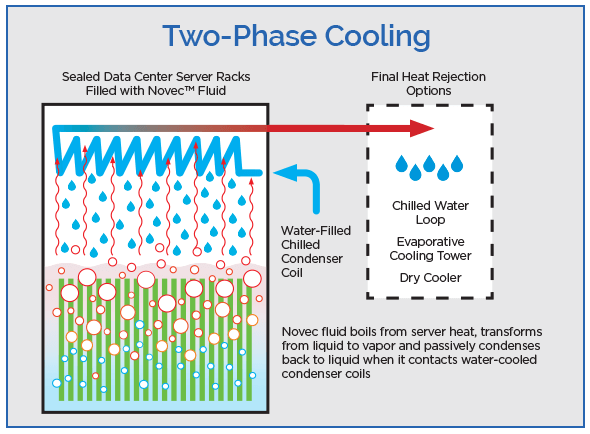 Two-phase immersion cooling mechanism (Image Credit: Green Revolution Cooling)
Two-phase immersion cooling mechanism (Image Credit: Green Revolution Cooling)
Single-Phase vs. Two-Phase Immersion Cooling
Heat Transfer Efficiency
Two-phase immersion cooling generally achieves superior heat transfer due to the phase change from liquid to vapor, allowing for rapid heat removal and handling of higher power densities, which is ideal for applications with demanding heat loads. Single-phase cooling, while effective, relies solely on fluid convection and conduction, making it somewhat less efficient at higher heat loads.
Fluid and Material Costs
Two-phase cooling typically uses fluorinated coolants, which have higher production and maintenance costs due to their specialized properties. Single-phase systems often use non-conductive oils that are more cost-effective, stable, and readily available. This makes single-phase systems more economical in terms of both initial and replacement fluid costs.
Two-phase systems often require fluorinated coolants with specialized properties, resulting in higher production and maintenance costs. Single-phase systems use non-conductive oils that are more cost-effective, stable, and widely available, making them more economical both for initial setup and ongoing maintenance.
Operational Complexity and Maintenance
Two-phase systems require sophisticated vapor and condensation management, adding complexity and necessitating regular monitoring. Single-phase systems, by contrast, simply require fluid circulation through a heat exchanger, which reduces maintenance demands and operational risk.
Environmental Impact
While both methods are more sustainable than traditional air cooling, two-phase coolants often contain synthetic compounds that must be carefully managed to mitigate environmental risks. Single-phase systems that use biodegradable oils generally have a smaller environmental footprint and are easier to handle. Both approaches reduce data centers' reliance on traditional air cooling infrastructure, minimizing carbon footprints and overall resource use.
Energy Consumption and TCO (Total Cost of Ownership)
Both cooling methods lower energy consumption compared to air cooling, with two-phase systems generally more efficient at handling high thermal loads. However, the specialized infrastructure and coolants needed for two-phase systems increase the overall TCO. Single-phase systems, with lower initial and maintenance costs, offer a balanced TCO for general-purpose data centers.
Based on these factors, single-phase immersion cooling is well-suited for moderate-density workloads, such as enterprise IT, cloud hosting, and virtualized environments. It is often a preferred choice for data centers just beginning to explore liquid cooling, as it provides an economical solution without the complexity of vapor management. Two-phase immersion cooling, by contrast, excels in high-density, high-performance applications like AI model training, scientific research, and financial modeling, where high cooling efficiency under intense power loads is essential.
Final Thoughts
As immersion cooling technology advances, new innovations in coolant formulations—such as environmentally friendly, biodegradable options—are expected to make the technology even more sustainable. Hybrid cooling systems that integrate air, liquid, and immersion cooling are also gaining traction as data centers seek versatile, efficient solutions.
Nevertheless, the deployment of immersion cooling presents certain challenges that must be carefully managed. Factors such as fluid handling, scalability, and integration with existing infrastructure require precise planning. Two-phase systems, in particular, need meticulous fluid management and specialized infrastructure to ensure compatibility with current setups. Retrofitting legacy facilities for immersion cooling can involve significant expenses, and there are additional maintenance considerations, such as potential fluid leakage and corrosion risks to hardware. This underlines the need for robust design and operational strategies, making immersion cooling a significant investment that may not be suitable for all data center environments. To make the most of immersion cooling, data center operators should assess critical factors like workload demands, budget limitations, and sustainability objectives.
If you’re seeking high-performance immersion cooling transceivers or have questions about the best cooling solutions for your data center, please reach out to our experts at NADDOD.

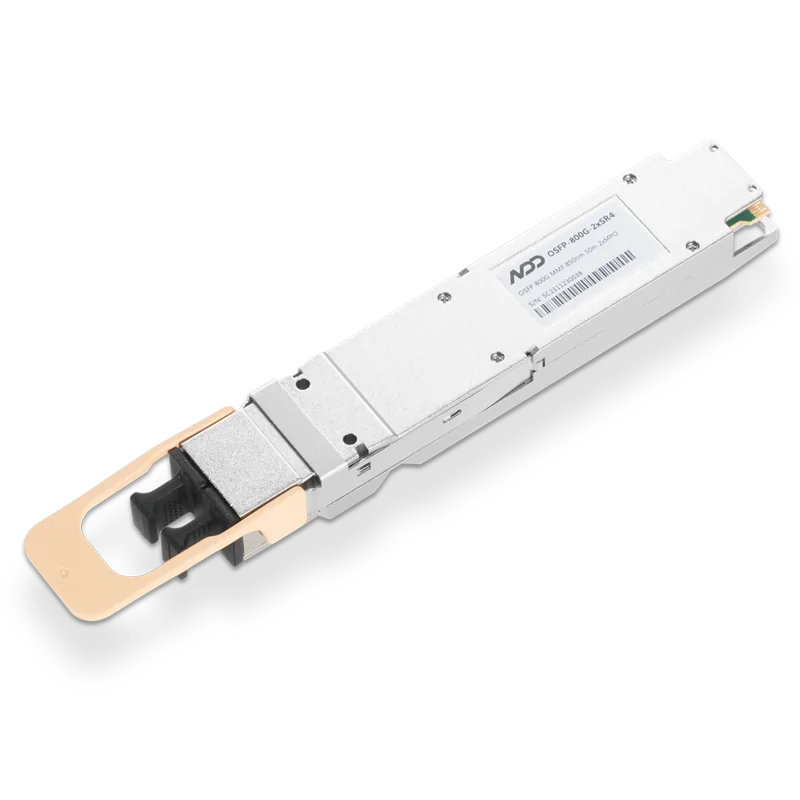 800GBASE-2xSR4 OSFP PAM4 850nm 50m MMF Module
800GBASE-2xSR4 OSFP PAM4 850nm 50m MMF Module- 14 Common Spectrum-X Product Solutions in Ethernet Networking
- 2NADDOD Leads in Compatibility and Performance on Broadcom Thor2 & NVIDIA CX7
- 3Nine Technologies for Lossless Networking in Distributed Supercomputing Data Centers
- 4Introduction to Open-source SONiC: A Cost-Efficient and Flexible Choice for Data Center Switching
- 5OFC 2025 Recap: Key Innovations Driving Optical Networking Forward





